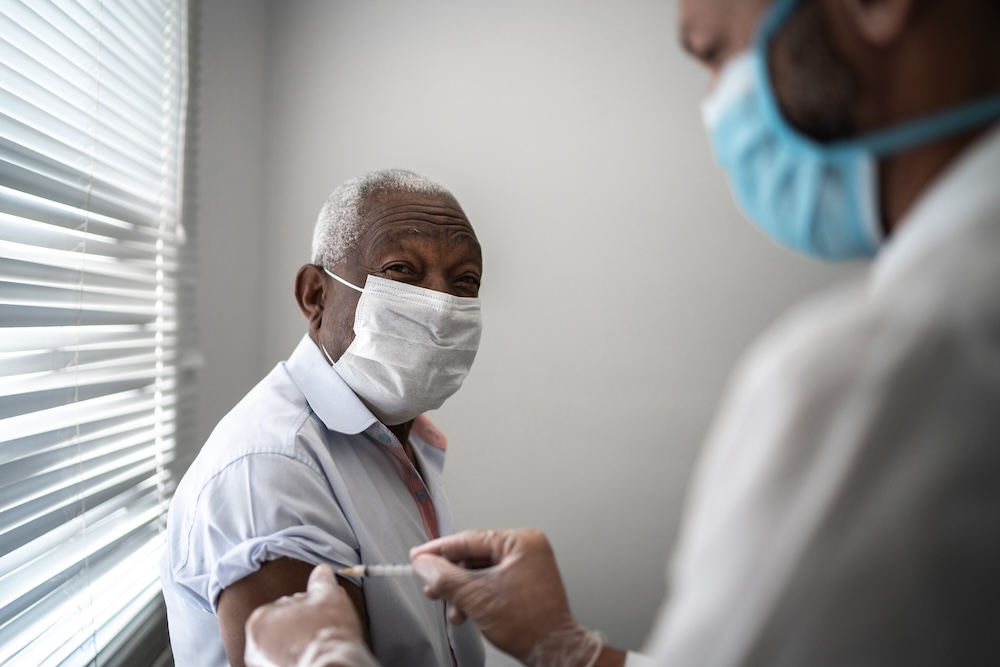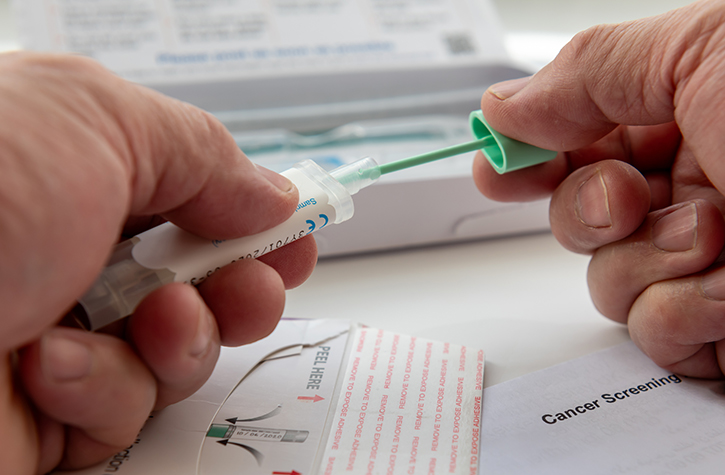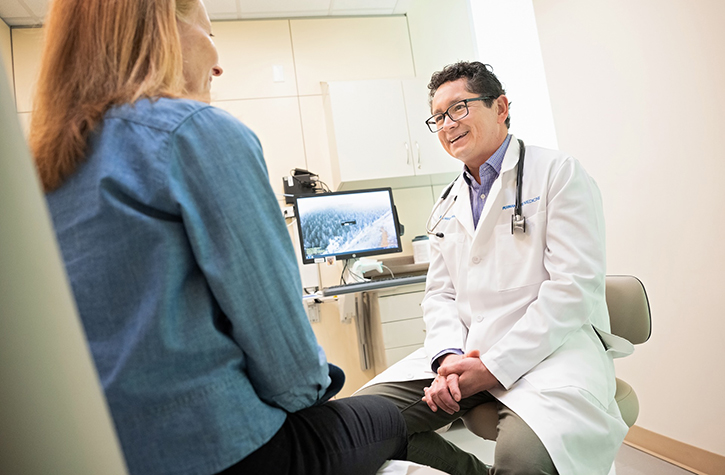July 16, 2025
Which antibiotics are best for eradicating Helicobacter pylori (H. pylori)? The findings from a new study led by Kaiser Permanente researchers can help patients and physicians identify their best options in an era of increasing antibiotic resistance.

Dan Li, MD
“Over the past two decades, we have used many different regimens to treat H. pylori,” said senior author Dan Li, MD, a gastroenterologist with The Permanente Medical Group (TPMG) and clinical investigator with the Delivery Science and Applied Research program at the Kaiser Permanente Northern California Division of Research (DOR).
“But as antibiotic resistance has become more widespread in recent years,” he added, “we are encountering patients for whom the treatments we regularly use are not as effective. Our study provides the information we need on how to treat these patients.”
The research, published in Clinical Gastroenterology and Hepatology, is the largest population-based study to date in the United States to compare the effectiveness of the multi-drug treatment regimens for H. pylori. The investigators studied 32,058 adult members of Kaiser Permanente Northern California diagnosed with H. pylori from 2000 to 2022. There were 26,669 patients who received an initial treatment for H. pylori and 5,389 who received treatment after an initial treatment failed to fully eradicate the bacteria.
A total of 17 different regimens were each prescribed more than 100 times during the 22-year study. The 2 most successful treatment regimens both included 4 drugs given at the same time for 14 days. One regimen, known as PACM-14 or concomitant therapy, includes a proton pump inhibitor (PPI) to reduce stomach acid and 3 antibiotics — amoxicillin, clarithromycin, and metronidazole. This treatment, mainly used after 2013, had a success rate of 89.8%. The second regimen, known as PBMT-14 or bismuth quadruple therapy, includes a PPI, bismuth (an antibacterial drug that makes antibiotics more effective), and the antibiotics metronidazole and tetracycline. This regimen had a success rate of 89.3%. Both regimens showed similar effectiveness over time.
Frequent use of antibiotics and not completing a full dose of a prescribed antibiotic can cause bacteria to change in ways that make an infection more difficult to treat — a phenomenon known as antibiotic resistance. Previous studies have found that many people diagnosed with H. pylori are resistant to one or more of the 3 antibiotics most used to treat it — clarithromycin, metronidazole, and levofloxacin. This is why many treatment regimens for H. pylori now include more than one antibiotic along with other types of medications.
“Using more than one antibiotic at a time makes the treatment more likely to overcome antibiotic resistance,” said Dr. Li. “Our study findings support this, showing quadruple therapy was more effective than triple therapy.”
A second round of antibiotics
The study found that every treatment regimen was more effective when it was used in patients being treated for the first time. In those who required a second round of antibiotics, bismuth quadruple therapy was the most successful regimen, with a success rate approaching 70%.
The study also found that patients who had previously been treated with a macrolide antibiotic (including clarithromycin, erythromycin, and azithromycin) or metronidazole were significantly less likely to have their H. pylori eradicated when their second treatment regimen included clarithromycin or metronidazole. In addition, re-prescribing patients the same regimen was much less likely to successfully eradicate the bacteria.
“Our findings support using bismuth quadruple therapy as the preferred regimen for patients who need a second round of treatment,” said Dr. Li. “Our study also shows why it is so important for providers to carefully review the patient’s antibiotic history before prescribing treatment for H. pylori.”
A common bacteria

Douglas Corley, MD, PhD
H. pylori is a leading cause of peptic ulcers and the most important risk factor for stomach cancer. Treating the infection with antibiotics can prevent these ulcers and reduce cancer risk, and is recommended by multiple U.S. and international guidelines.
About 30% of people in the U.S. are infected with H. pylori; in other parts of the world, the number is as high as 50% to 70%. If left untreated, the bacteria, which is often contracted during infancy or early childhood, can cause chronic inflammation of the stomach lining. This chronic infection increases the risk for stomach cancer. The American Cancer Society estimates that there will be 30,300 new cases of stomach cancer in the U.S. in 2025. H. pylori will be responsible for about 90% of these tumors.
“Our study provides unique information about the comparative effectiveness of the regimen we have been using to treat H. pylori,” said co-author Douglas Corley, MD, PhD, chief research officer for TPMG and DOR research scientist. “Because Kaiser Permanente is a large, diverse community-based health care provider, what we found can inform the decisions physicians across the country are making every day about how to treat patients with H. pylori.”
This project was supported by The Permanente Medical Group Delivery Science and Applied Research program.
Co-authors include Sophie A. Merchant, MPH, and Jessica M. Badalov, MPH, of the Division of Research, and Shailja C. Shah, MD, MPH, of the University of California, San Diego.
This article originally appeared in Division of Research Spotlight.






